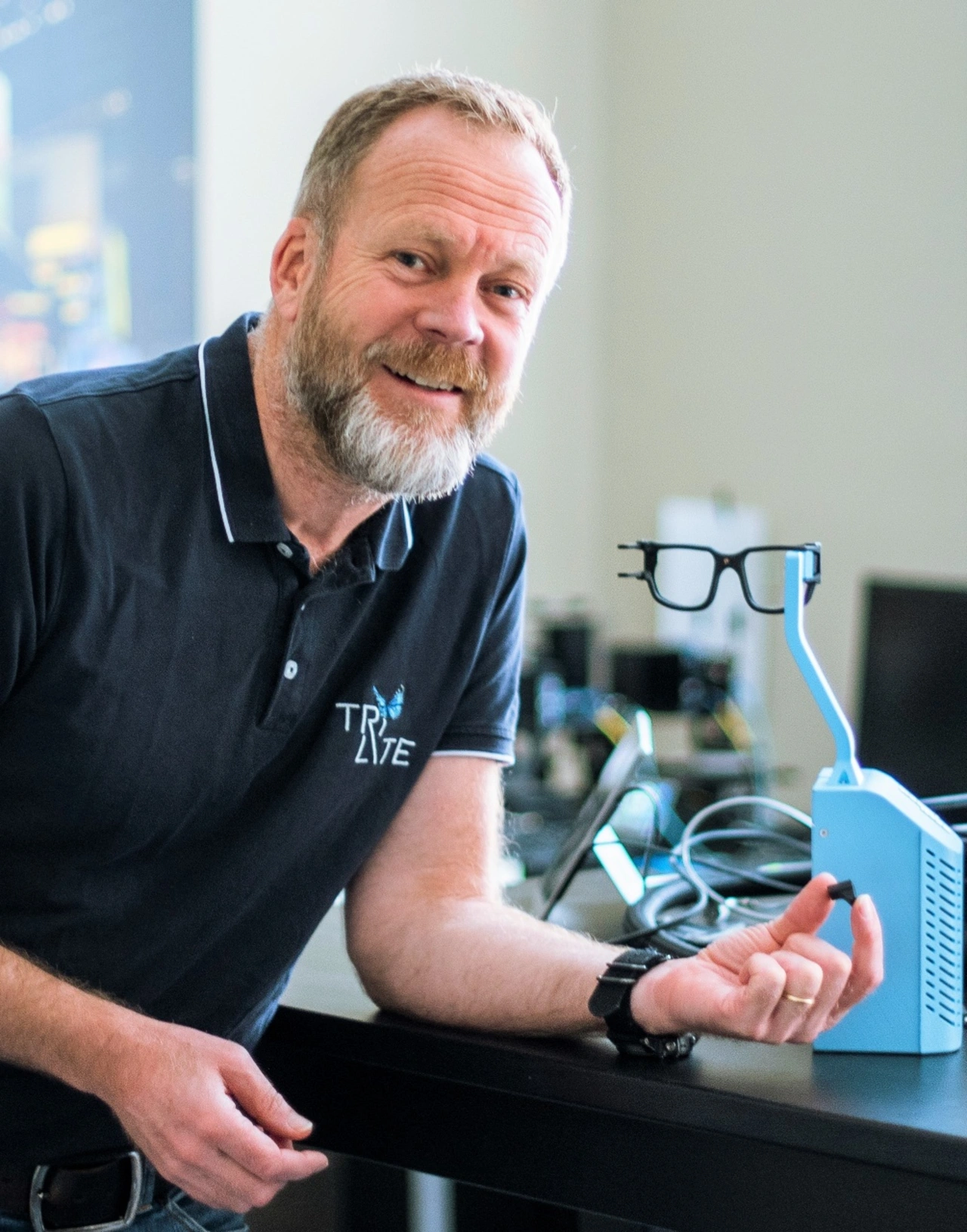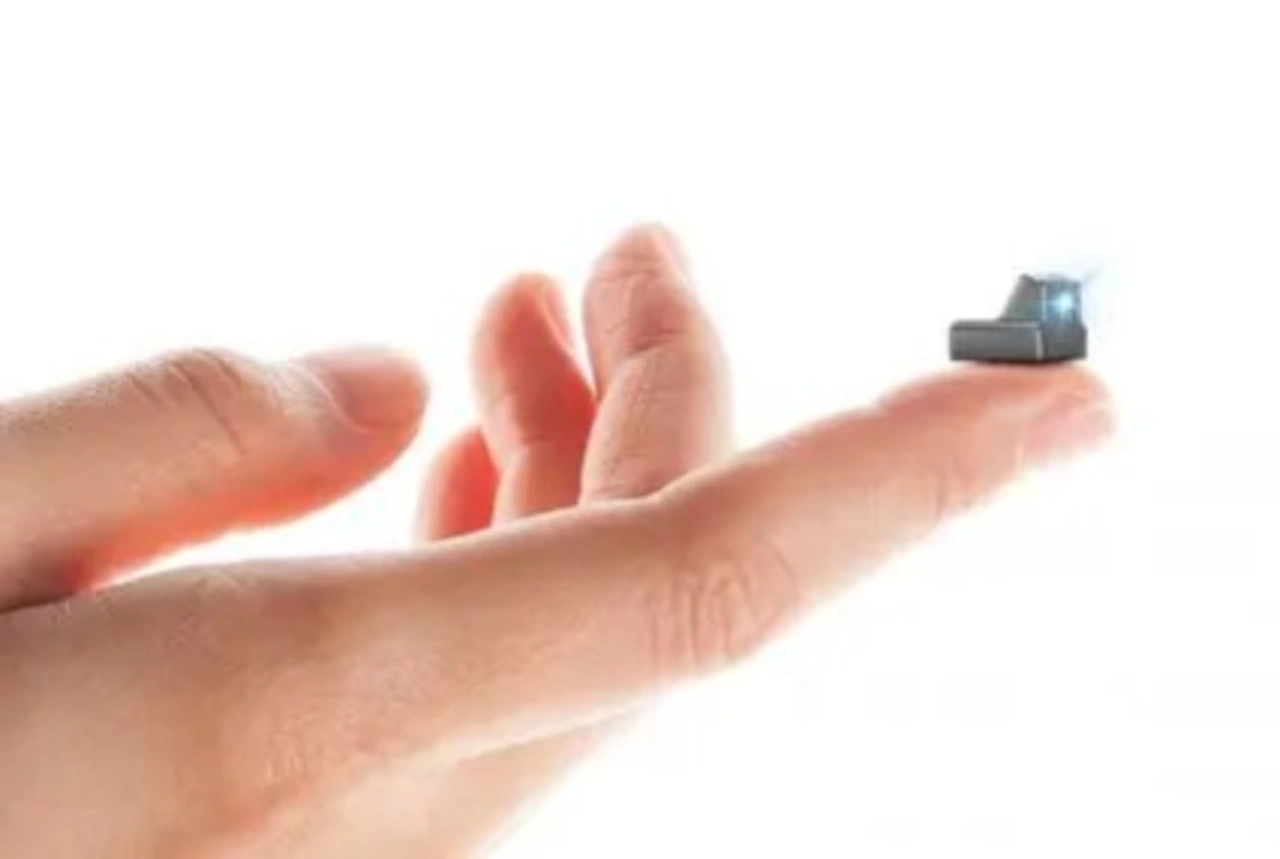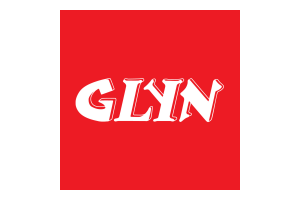Which is the right technology?
Technology race for AR glasses
Until recently, it seemed clear that microLEDs were the most promising technology to realize displays for augmented reality (AR) glasses. However, an alternative technology is now moving to the forefront.
The technology race to find the best display technology for AR glasses, which are expected to replace smartphones with their multi-billion-dollar sales in a few years, is becoming more open again.
Companies such as Apple, Google, Meta, and many other smartphone manufacturers are convinced that AR glasses will replace smartphones in the age of the metaverse. While virtual reality (VR) glasses allow users to fully immerse themselves in the virtual world, AR glasses allow virtual information to be superimposed on the real environment. Therefore, VR glasses completely seal off the viewer from the real world, while AR glasses are intended to be maximally transparent. This has far-reaching consequences for the technical requirements of AR glasses as opposed to VR glasses, especially with regard to the required brightness dynamics and contrast of the displays.
Surprisingly, AR glasses for the private sector demand by far the most sophisticated display technologies - even more sophisticated than the manufacturers would have imagined just a few years ago. That's because they have relied on a technology for these glasses that is still considered the most promising today: microLEDs. MicroLEDs have their justification for many applications and will conquer market sectors. But now, the realization seems to be gaining ground that, as far as their use in AR glasses is concerned, they have been given too much advance praise after all. Product launches of AR glasses are at least being delayed, apparently because suitable microLEDs are a long time coming. Could billions of dollars have been poured into the wrong technology?
Two startup companies in German-speaking countries think so. They are relying on laser beam scanning, or LBS for short. But before explaining the technology in more detail, let's first take a look at why AR glasses, in particular, are the most demanding: Augmented reality glasses show the viewer the real environment - as is usual with conventional glasses - but fade additional information into the field of view as needed. This could be information on repairing a system or directions for riding a bicycle.

Unlike what users would expect from VR glasses, they do not want to immerse themselves in virtual worlds but "only" want to see additional information - and only when they need it, in both professional and private environments. These consumer AR glasses are, therefore, to be worn in everyday situations.
Manufacturers must therefore squeeze the necessary hardware for imaging processes into the smallest possible space so that it can fit into the eyeglass temple. It must also consume very little power since the glasses must be "always on" for a whole day, not just an hour. The virtual image must be bright enough to be read comfortably both indoors and outdoors in direct sunlight. Additionally, the virtual information must always be in the viewer's field of vision, so it must not happen that the viewer looks past it. However, if no additional information is required, the glasses must be completely transparent.
There are various approaches to implementing the hardware. The first glasses that use liquid-crystal-on-silicon (LCoS) technology already exist. However, the images are not bright enough to meet the requirements of consumer AR glasses. Either they are too large, too heavy and consume too much power, or they do not provide sufficient brightness to see the content during the day.

LCOS is one of the subtractive display technologies, where the LED light sources always deliver maximum power regardless of the content being displayed, and all unneeded light is absorbed. Different from this are the additive, panel-based technologies OLED and microLED. Light is generated only where needed, according to the information to be displayed. However, on closer inspection, OLEDs also have decisive disadvantages in terms of brightness; as things stand today, they are therefore not suitable for consumer AR glasses and are more suitable for VR glasses.
The microLEDs already mentioned also have a brightness problem, as is becoming more and more apparent: They do not provide enough brightness per pixel. Even more so if the pixels are to become smaller and smaller: they should be at least 1 to 2 µm, preferably less than 1 µm. However, this would require production technologies that are still far from being available, and whether the cost level for consumer products can ever be achieved is currently an open question.
This would be contradicted by the British manufacturer Porotec, which has developed its process that promises to be able to produce significantly more powerful microLEDs at costs compatible with consumer products (see below).
Meanwhile, an alternative technology that has received less attention so far is coming to the fore: laser beam scanning. For this, red, blue and green laser diodes generate light beams that are combined via optics and cast onto one or two MEMS mirrors, which are responsible for the x and y deflection and send the light beam into the "waveguide" located in the lens of the glasses. From there, the superimposed virtual image reaches the viewer's eye.
In Europe, there are two startups that consider themselves world leaders in LBS technology: OQmented and TriLite. Both Ulrich Hofmann, CEO and co-founder of OQmented, and Dr. Peter Weigand, CEO of TriLite, are convinced that the future belongs to LBS technology in virtual glasses.
"Panel-based image rendering technology built on real LEDs, laser diodes or DLPs leads to glaring disadvantages in the case of AR glasses - no matter if it is Liquid-Crystal-on Silicon (LCoS) or the until recently so hyped microLED technology," says Peter Weigand.

Ulrich Hofmann is even convinced: "For real consumer AR glasses, microLEDs, no matter which technology approach they are based on, will not be available as a display solution. They simply don't scale and remain too expensive." While they fundamentally agree that LBS is the future for AR glasses, they naturally differ somewhat on exactly how to implement the technology.
TriLite has unveiled the "Trixel 3," an LBS module optimized for low-cost manufacturing that occupies a volume of less than 1 cm3. The startup specializes in developing the optics, particularly the combiner that takes the RGB beams from the three laser LEDs inside the LBS, which directs the beam onto the mirror. This MEMS mirror could be produced by several manufacturers if they follow the specifications developed by TriLite, Weigand said, "Our strategy is based on our customers' clear desire to use as many standard components as possible to be ready for volume production."
"A lot of different technologies and companies have to come together"
Crucial to making Trixel 3 cost-effective to manufacture is the "TriLite Calibration Module," a software package that uses sophisticated algorithms to compensate for image errors caused by inaccurate alignment of components relative to each other. "This allows us to move a lot of the complexity of the hardware into the software. We can work with tolerances three times higher than others and use simple, low-cost standard components," Weigand said. "That's why I talk about 'software-defined display' here."
This also shows that many different technologies and companies must come together to ultimately produce AR glasses. To that end, TriLite has built an ecosystem that includes Infineon and Dispelix, among others. Meanwhile, a number of leading OEMs and startups are already interested in TriLite's technology. According to Weigand, the fact that TriLite just received the prestigious Prism Award for the Trixel 3 at this year's SPIE shows "that we are on the right track."
According to Ulrich Hofmann, the fact that LBS technology is not really well known at the moment is largely due to the fact that the large corporations have relied entirely on microLEDs for many years and have invested billions in them. However, the high expectations set could not be fulfilled. Pioneering work in LBS was only done by Microsoft when the company integrated MEMS mirror-based display technology in its AR glasses "Hololens-2."
"Unfortunately, at that time, a MEMS mirror concept was used that is not state of the art in terms of compactness, energy efficiency, performance and low-cost mass production capability, so the immense potential of LBS is not widely known. LBS is currently the only display concept for AR that enables millions of nits of brightness."
He should know. After all, he has been working on MEMS mirrors since 1994, first at Fraunhofer ISIT, and then he and his colleague Thomas von Wantoch founded OQmented in 2018. He considers MEMS mirrors to be the essential core of LBS technology and is convinced that he can offer the most mature technology currently available for manufacturing MEMS mirrors on 8-inch wafers; in any case, he is not afraid of Bosch, Infineon or ST.
This is mainly due to the wafer-level vacuum packaging technology developed in-house, which he says is a key differentiating factor from the competition. First of all, this promises a small size, but above all, many mini-projectors can be manufactured in parallel on one wafer, which leads to very cost-effective production in high volumes - as is known from IC and wafer-level packaging production. In addition, OQmented - like TriLite - does not require additional relay optics in the AR glasses, which means even less complexity, size, weight and cost. "One key is that we have everything from the ASIC to the optics and the MEMS mirror under one roof, so we can integrate the entire light engine," Hofmann enthuses. "This allows us to achieve a size for the projector of only half a cubic centimeter!"
Meanwhile, OQmented has joined the LaSAR Alliance (Laser Scanning for Augmented Reality), which STMicroelectronics founded in 2020 with the goal of building an ecosystem to advance LBS technology for use in AR glasses. In addition to ST, founding members included equipment manufacturer Applied Materials, waveguide specialist Dispelix, Osram and manufacturing machinery manufacturer Mega1. In the meantime, other companies have joined.
One that isn't, however, is TriLite. "We welcome the fact that there is an alliance that wants to create an LBS ecosystem, because that will lead to an increasing acceptance of LBS technology for AR glasses," says Peter Weigand. "For us, however, the question does not arise, as we have already created a functioning ecosystem for this."
The special microLEDs from Porotec
Porotoec has developed the nanoporous material "ProGaN," which can be very easily and cost-effectively deposited as a layer between the substrate and the LED structure via an electrochemical process. This solves a problem that has so far stood in the way of the cost-effective production of microLEDs. This is because, until now, each display pixel has had to be constructed from red, green and blue subpixels so that the resulting display pixel can emit the desired color. However, the blue and green LEDs must be manufactured based on a different material (InGaN) than the red ones (AlInGaP), which is very costly for the production of the displays. There is one way to make the InGaN LEDs glow red as well: to add a relatively large amount of indium to the InGaN epitaxial layer. However, this leads to mechanical stresses and defects, which in turn reduce the light output, which then doesn't do much for the bottom line.
Porotec's nanoporous material, on the other hand, absorbs the indium like a sponge without creating mechanical stresses. What is particularly interesting is that three subpixels are now no longer required to build a display pixel. This is because each pixel can emit light in any color between 400 and 800 nm. Which color appears depends on the choice of material, the pixel architecture and the driver scheme in question. "Dynamic Pixel Tuning" (DPT) is what Porotec calls this technique in which it manufactures the "PoroGaN" LEDs. The important message for microLEDs for AR glasses: One PoroGaN LED replaces three previous subpixel LEDs. The pixels can be manufactured with edge lengths down to 1 to 2 µm.
Porotec is convinced that it has solved the two biggest problems of microLEDs: They could be manufactured at low cost in the future, and they scale, meaning they would achieve sufficient brightness for use in AR glasses despite decreasing pixel size.
Last October, Porotec unveiled the first DPT microLED display, the first in the world on which a single microLED can emit light of all colors. No subpixels are needed there. "Our technology has solved the fundamental problems of traditional microLEDs in terms of quality, cost-effective production, and most importantly, system integration," commented Tongtong Zhu, CEO and co-founder of Porotec. He is convinced that the DTP technology will not only revolutionize screen technology for AR, VR and MR glasses, but also for wearables, TV and signage screens.





